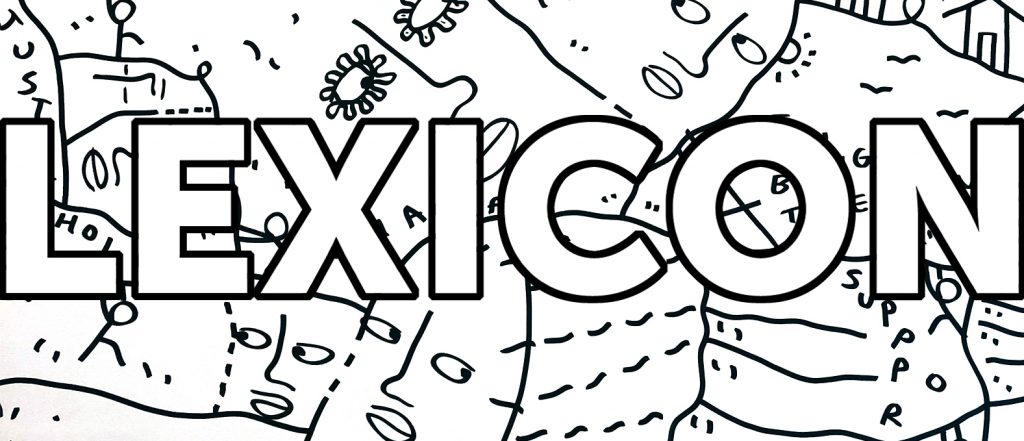
LEXICON
Seals, certificates, materials & organizations
Produced ecologically and fairly – many textile manufacturers try to score points with positive attributes. But how do you really recognize sustainable clothing? These seals and certificates ensure clarity. And at the same time we explain the most important terms and materials. To be continued …
Good to know: There are numerous labels that produce ecologically correct and socially responsible without using seals (often for cost reasons). The facets of sustainable fashion are diverse and range from local production, recycling and upcycling to innovative materials and alternative consumption models. All GMUC Brands meet at least one of these criteria.
*** Is there still something missing in the lexicon? Please send to info@greenstyle-muc.com ***
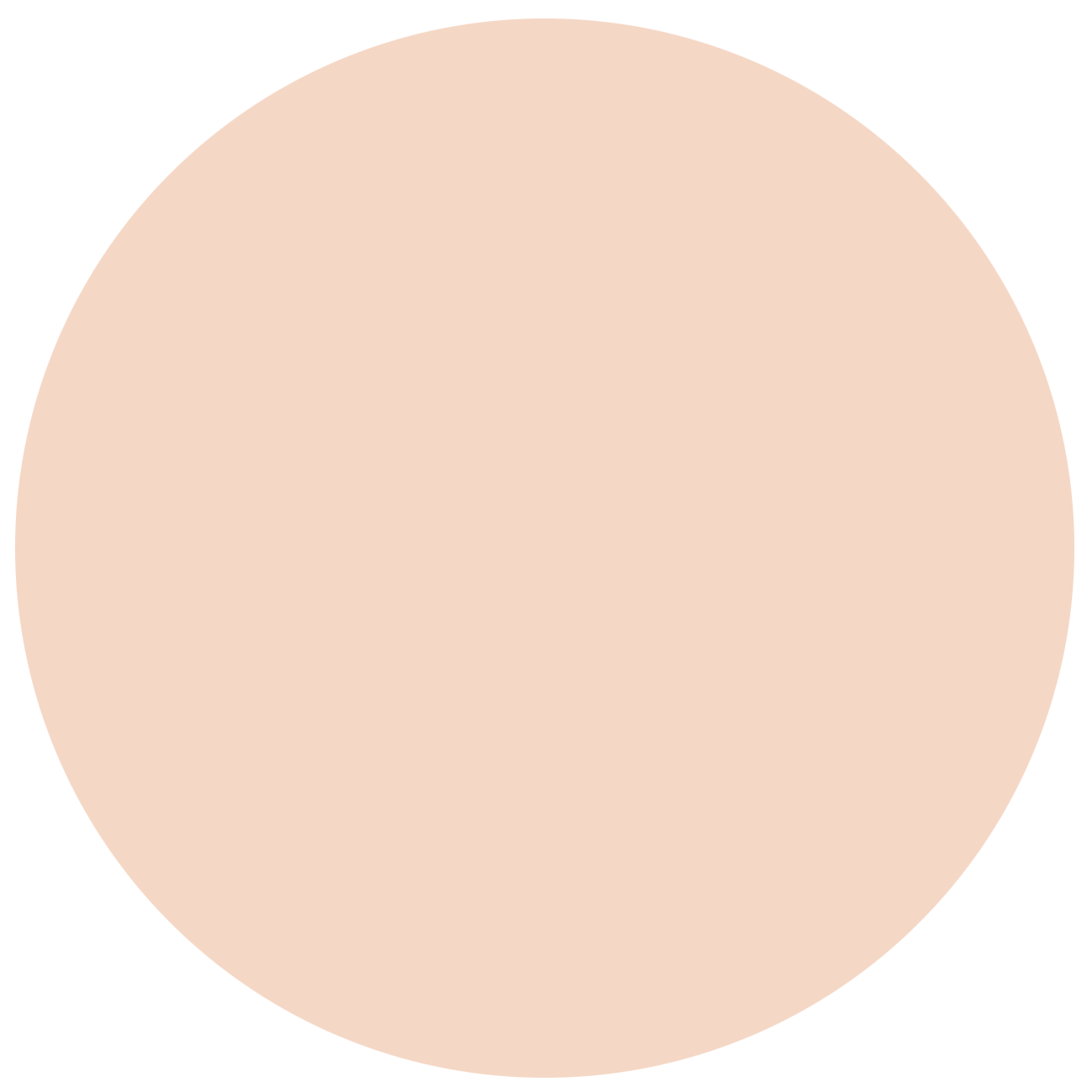

Chiengora
‘chien’ is French and means dog. In connection with “gora” it should be clear what it is about. About dog wool. The finely combed under hair of long-haired dog breeds can be used to produce a recyclable yarn that is equivalent to angora or cashmere, does not harm any animal and is made in Germany. 500 tons (Europe) of this high-quality raw material have so far remained unused. Ann-Kathrin Schönrock (fashion and knitting designer) and Franziska Uhl (textile engineer) want to change the textile industry with their start-up Modus Intarsia and save a lost resource from the bin. In order to get enough “raw material” they have built up a collector’s network of dog lovers, breeders and dog hairdressers and use it to produce high-quality industrial and hand knitting yarn. Dog owners watch out: Here you can sell (or donate) the raw material.
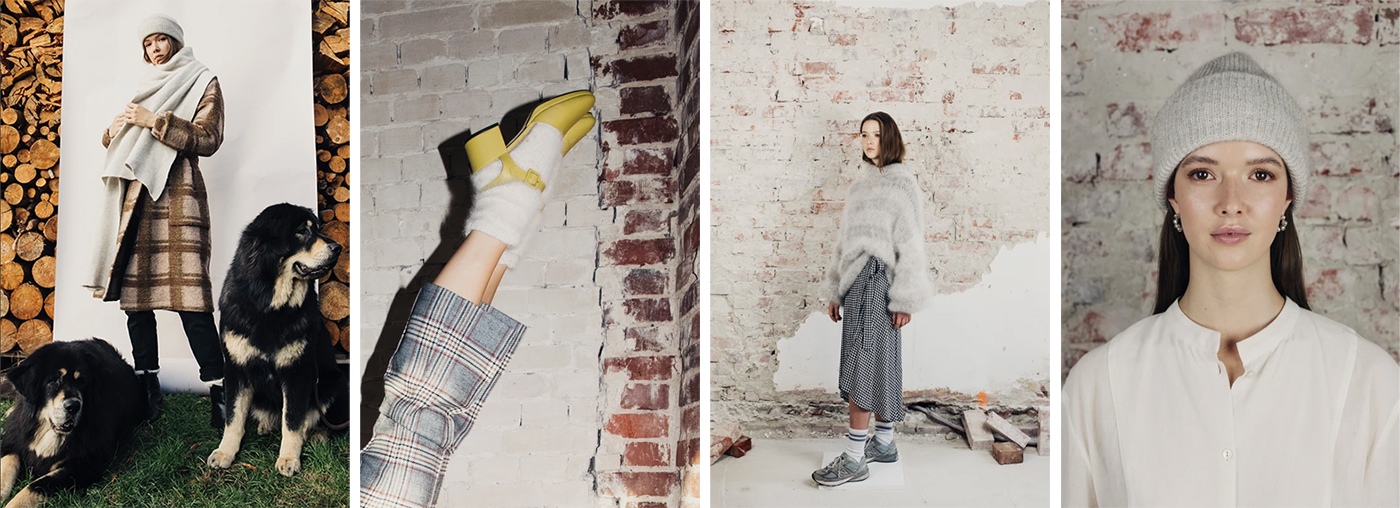
LEXICON QUICKFINDER

ACT: Action Collaboration Transformation
An initiative between international brands and retailers, manufacturers and trade unions to address the issue of living wages in the textile and garment supply chain. The primary scope of the initiative is identifying each stakeholder’s role and responsibility and how they can support living wages in a scaled up, sustainable, industry-wide approach. Members include retailers and brands like Asos, C&A, Superdry, H&M and Orsay.
Actonlivingwages.com
Alpaca wool
Alpaca wool preferably comes from South America. In countries like Peru (80 percent of alpacas live here worldwide), the production of alpaca wool and textiles is part of the country’s culture. The alpaca wool that is used for sustainable production comes from animals that live freely in the Andes. The animals are shorn every two years in compliance with ethical standards and are often processed in local cooperatives at a fair price.
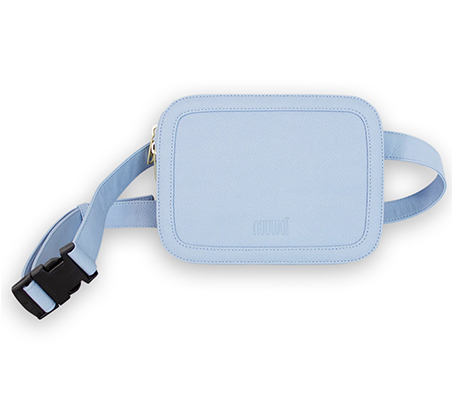
Appleskin

Bananatex®
Bananatex® is the world’s first technical fabric that is made exclusively from banana plants. It is produced from the banana plant that is cultivated in a natural ecosystem of sustainable forestry in the Philippine highlands. The initiator was the Swiss bag brand QWSTION, which wants to manufacture functionally sustainable bags from renewable raw materials. The breakthrough came in 2015 thanks to Abacá. The robust member of the banana tree family does not need any pesticides or fertilizers and plays an important role in the reforestation of former palm oil plantations in cleared jungle areas. Today it is possible to process raw Abacá fibers into a robust and durable fabric. In order to offer other brands a real alternative to synthetic materials in bag production, Bananatex® was developed as an open source project.
Shop now: Bananatex® by QWSTION
Further information


Better Cotton Initiative
Better Cotton Initiative is a non-profit organization that aims to improve environmental and social conditions in the cultivation of cotton. Cotton producers need to fulfil precisely defined criteria before they can apply for the seal. Continual improvements and the fulfilment of further requirements must be ensured. The requirements vary depending on whether they are smallholders or owners of XL plantations. The seal does not appear on the finished products.
bettercotton.de
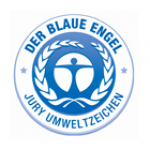
Blauer Engel
The oldest German certification for products and services in the environment sector was established in 1978 on the initiative of the Federal Ministry of the Interior. Since then, the Blauer Engel has been voluntarily labelling products and services that are classified as particularly environmentally friendly. The following aspects play a role: the economical use of raw bmaterials in production, respectful handling of health and safety at work, durablility of product and sustainable disposal.
blauer-engel.de
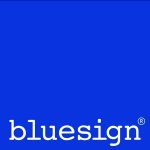
Bluesign
Bluesign is a certificate issued by the textile and chemical experts from Bluesign Technologies AG. It is therefore in an ideal position to examine chemical risks including all detox substances very comprehensively, over the entire value chain, starting with the chemical industrie. In addition to a “negative list”, it also has an additional “positive list” for chemicals that can be viewed on the “Bluefinder” on their website. Despite their stringency, there are no limit values or wastewater tests for environmental pollution at Blusign, which makes it inferior to certification such as the Blauer Engel. All fibre types, as well as recycled materials, can be certified to the exclusion of hazardous substances, which also somewhat limits their recyclability. There are also limits for the end product. With over 500 system partners, the textile seal has more than any other, including Vaude, Adidas, Puma and G-Star.
bluesign.com
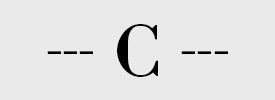
Chiengora
‘chien’ is French and means dog. In connection with “gora” it should be clear what it is about. About dog wool. The finely combed under hair of long-haired dog breeds can be used to produce a recyclable yarn that is equivalent to angora or cashmere, does not harm any animal and is made in Germany. 500 tons (Europe) of this high-quality raw material have so far remained unused. Ann-Kathrin Schönrock (fashion and knitting designer) and Franziska Uhl (textile engineer) want to change the textile industry with their start-up Modus Intarsia and save a lost resource from the bin. In order to get enough “raw material” they have built up a collector’s network of dog lovers, breeders and dog hairdressers and use it to produce high-quality industrial and hand knitting yarn. Dog owners watch out: Here you can sell (or donate) the raw material.

Circular Flow Economy
The aim of recycling management is to return the raw materials used to make a product back into the production process at the end of its life, therefore saving resources and avoiding waste. This is in contrast to the predominant linear economy (disposable economy), where a large proportion of products end up in landfill or are incinerated after use.
CO2 footprint
The carbon footprint is the amount of CO2 emissions that a person causes in a certain time. In 1994, the concept of the ecological footprint (William E. Rees, Mathis Wackernagel) was developed to find out to what extent one’s current living standard is ecologically and socially compatible.

Cradle-to-Cradle
For Cradle to Cradle, the concept of recycling is a particular focus – the aim is to make waste superfluous in the long term. Five evaluation categories are used: material health, reusability, renewable energies, social fairness and maintenance of water quality, which is why Cradle to Cradle are considered to be particularly environmentally safe. The five certification levels Basic, Bronze, Silver, Gold and Platinum provide a rough overview. Although the list of excluded chemicals is smaller than those provided by other seals, it assesses them according to 23 toxicological criteria, such as whether a product contains carcinogenic, hormone-affecting, persistent substances. First and foremost, the better biodegradable, cleaner and recyclable products are, the better their certification level. The label can be found in certain Trigema (Silver level) or C&A (Gold level) T-Shirts or in the Viktor&Rolf x Calida Capsule Collection, but not in their complete product range.
c2ccertified.org
In India...
More than...
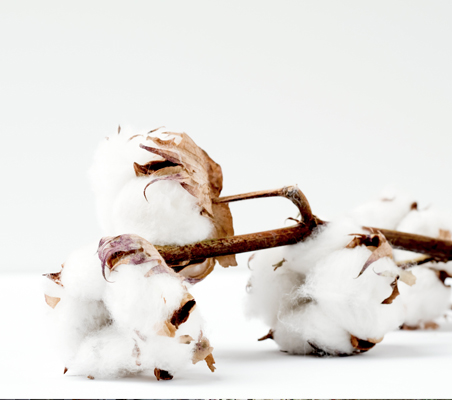

Dye/dying
The aim of recycling management is to return the raw materials used to make a product back into the production process at the end of its life, therefore saving resources and avoiding waste. This is in contrast to the predominant linear economy (disposable economy), where a large proportion of products end up in landfill or are incinerated after use.
Disposable / linear economy
In the context of the prevailing linear economy (also throw-away economy), large parts of the production end up in landfills after use or are burned. The raw materials used are not returned to the production process at the end of their service life. This means that the linear economy is in direct contrast to the circular economy, in which the raw materials used for a product are returned to the production process at the end of its service life, thereby saving resources and avoiding waste.
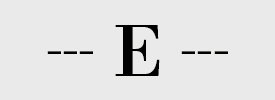
Eco fashion
The word “Eco” comes from the English and means ecological. In relation to textiles, one speaks of eco fashion if they are produced with respect for the environment from the cultivation of the appropriate resources to the finished garment. Say: the avoidance of pesticides, toxic chemicals, high water consumption. Important: low CO2 emissions.

ECONYL®
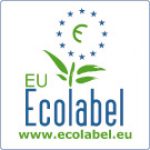
EU Ecolabel
The internationally recognised quality label makes environmentally friendly products more easily identifiable for consumers. When evaluating a product, the entire life cycle, including environmentally compatible production and disposal, is examined. It applies to both natural and synthetic fibres. The European Union Ecolabelling Board (EUEB) is responsible for the seal and the owner is the European Commission. The seal of approval is recognized in all EU member states., including Norway, Liechtenstein and Iceland. In Germany, the German Institute for Product Safety and Certification (RAL) and the Federal Environment Agency are responsible for testing and awarding the seal (for three years each).
eu-ecolabel.de
Exports of used clothing
According to the UN database Comtrade, Germany exported used clothing worth $ 368 million in 2019. These exports have been interrupted due to the COVID 19 pandemic. There is a collapse of used clothing in German collection points.

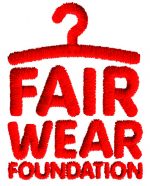
Fair Wear Foundation
The non-profit Fair Wear Foundation (FWF) has set itself the goal of improving working conditions in the textile industry. The FWF concentrates on the processing phase of fabrics into textile products (ready-to-wear). The member companies are regularly checked and evaluated for the implementation of the catalogue of requirements of the FWF. These checks also take place in the production facilities. IN addition, the Fair Wear Foundation is developing approaches with the help of which human rights can be better enforced in the supply chain. 100 of 100 points in the brand performance check: Dawn Denim
fairwear.org
Fairtrade
The Fairtrade seal stands for fairly grown and traded products, in which all ingredients are traded 100 percent under Fairtrade conditions and are physically traceable.
fairtrade-deutschland.de
Fashion Revolution/Fashion Revolution Day
Fashion Revolution is a nonprofit global movement represented by the Fashion Revolution Foundation and Fashion Revolution CIC with teams in over 100 countries around the world. Fashion Revolution is committed to changing the fashion industry in terms of transparency and fairness along the textile value chain. In 2013, Fashion Revolution proclaimed the anniversary of the Rana Plaza disaster in Bangladesh to be Fashion Revolution Day and organizes events around the event to draw attention to the grievances in the textile industry.
Fast fashion
On the one hand, this means the rapid copying of catwalk models and fashion trends, on the other hand, it refers to the higher number of (sub) collections and delivery dates.
The fashion industry is responsible for ...

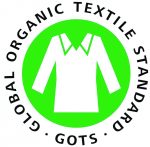
Global Organic Textile Standard
GOTS (Global Organic Textile Standard) is one of the strictest and best-known quality seals for ecological clothing. Since 2008, it has labelled products whose entire production meets certain ecological and social standards. 90 percent of GOTS-certified clothing must consist of natural fibres, at least 70 percent of which must me organically grown. In addition, social and labour law standards must be complied with. These include no child and forced labour, compliance with local minimum wages, compatible working conditions and occupational safety measures.
global-standard.org
Greenpeace Detox Campaign
In conjunction with the Greenpeace Detox Campaign, around 80 Brands have committed themselves to produce toxin-free by 2020. Among them are fast fashion chains like H&M, sporting goods manufacturers like Adidas, luxury brands like Valentino, low-cost chains like Aldi and, with the Italian Prato, even a whole textile region. These companies are already doing away with toxic chemicals and publish wastewater data – around 15 percent of the textile industry worldwide.
greenpeace.com

Grüner Knopf
The green button is a state seal for socially and ecologically produced clothing that was introduced by the Federal Ministry for Economic Development and Cooperation in 2019 to make it easier for consumers to find their way around when shopping. Products have to meet 26 demanding social and environmental standards. The company must demonstrate its duty of care based on a further 20 criteria. Criticism comes from some NGOs and associations that consider the seal to be a step that is as correct as it is important, but see a need for improvement. So far, the green button has only covered the last two stages of textile production (assembly and wet processes). Animal husbandry and the cultivation of raw materials are not taken into account.
gruener-knopf.de
GREENSTYLE munich fair & conference
The first fair fashion fair & conference for sustainable fashion for consumers, media and professionals. GREENSTYLE munich started with the 1st edition at Haus der Kunst Munich in October 2018. With two and a half days (March/October) full of slow fashion designers from around Europe and a conference program with experts on all sustainable fashion topics, it made Munich it the next sustainable hotspot besides Berlin.
Greenstyle-muc.com
Every year worldwide...

Hemp
Hemp is a very frugal, maximally robust plant that grows on poor soils and needs little water. It is pest-resistant, which is why it is not necessary to use chemical herbicides when cultivating. The crop can be used completely and is biodegradable. Hemp is skin-friendly, breathable and antimicrobial.
Companies: Ma Hempwear, HempAge, hessnatur
Higg Index
The self-assessment tool developed by the Sustainable Apparel Coalition empowers brands and retailers to measure their environmental, social and labour impact and identify areas for improvement. Higg delivers a comprehensive overview of the sustainability performance of a product or company.
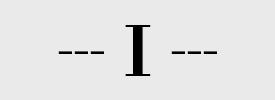
IVN
Companies that attach great importance to environment, social responsibility, product quality and consumer protection have been joining the International Association of Natural textiles e.V. since 1989. The IVN awards two quality certificates: IVN-Naturtextil Best and IVN-Naturleder, whose guidelines document the highest realizable ecological and social standard.
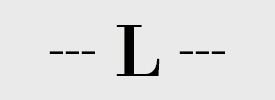
Linear economy / disposable economy
Within the framework of the predominant linear economy (also disposable economy), large parts of the production after its use end up in landfills or are incinerated. The raw materials used are not returned to the production process at the end of their useful life. The linear economy is thus in direct contrast to the circular economy, in which the raw materials used for a product are returned to the production process at the end of its service life, thus saving resources and avoiding waste.
Linen
Linen is obtained from the stems of the flax plant and is a very robust natural fiber. It is one of the oldest of the oldest culture fibers for hard-wearing and high-quality decorative and useful fabrics. Since flax requires significantly less pesticides and rainwater (no irrigation!), This material is a good alternative to cotton. Flax can also be grown in Europe, stores a lot of CO2 and can improve soil quality if it is grown in rotation with other crops.
Lyocell/ Tencel
Again and again one hears the terms Tencel or Lyocell in connection with sustainable fashion. Anyone who has already worn a Tencel garment in their hand or even on their body knows what a fantastic material this is. But what is Tencel? Tencel is a cellulose fiber manufactured industrially from natural raw materials. Cellulose is made from wood – in this case from Asian or South American eucalyptus wood from sustainable forestry. The fiber is produced in a closed cycle and has been awarded the “European Award for the Environment” by the European Union. In addition to the extremely high level of comfort and versatile use for bed linen, home textiles, etc., it is above all the sustainable aspects that make Tencel a fiber for the future: On the one hand, almost 100 percent of the solvents required for the manufacturing process are reused. On the other hand, a fraction of the amount of water is required for the production, as is the case with the production of conventional man-made fibers. Another plus: in contrast to e.g. Cotton, no artificial irrigation and no use of pesticides are necessary for the cultivation of eucalyptus. And Tencel is biodegradable. Tencel is offered by the Austrian Lenzing AG.
Linear economy
In the linear economy, large parts o fth eproduction end up in landfill or are incinerated after use. The raw materials used are not returned tot he production process at the end of their life. A linear economy is the opposite of the circular flow economy.

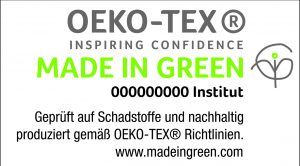
Made in Green by OEKO-TEX®
… is a traceable product label for textiles, leather articles and accessories. Products with this label are tested for harmful substances. This is done through certification according to Standard 100 or Leather Standard by Oeko-Tex. Certification according to STeP by OEKO-TEX ensures that the products have been manufactured using sustainable processes under socially acceptable working conditions. A product ID on the label informs in which countries and production companies the corresponding article was produced.
Oeko-tex.com
Modal / TENCEL Modal
Modal is a regenerated fiber. Means: Although modal is chemically produced from cellulose in several process stages, it is of natural origin. This cellulose fiber has its origin in debarked wood. The Austrian company Lenzing only uses wood from proven sustainable forestry for its TENCELTM modal.
Microplastics
Polyester fabrics give off microplastics that wash into the seas. Special laundry nets (e.g. Guppyfriend) filter out these particles and thus protect the oceans.


Natural textile IVN Best
The International Association of the Natural Textile Industry (IVN) is a professional association to which companies from natural textile production (textiles and leather) have been affiliated since 1989 (including hessnatur, Alnatura) that have the highest standards of environmental protection, social responsibility, product quality and consumer protection. The IVN awards the two quality labels Naturtextil IVN Best and IVN-Naturleder, whose guidelines document the highest achievable ecological and social standards. Within the framework of IVN certification, all companies involved in the production chain are tested by independent institutes.
naturtextil.de
NEONYT
Sustainable fashion fairs Greenshowroom and Ethical Fashion Show merged under the new name NEONYT, what is composed of the ancient Greek, neo and the Swedish word nytt for, new. Today it is an international hub for progress. The trade fair continues to regard sustainability as a step forward, as well as technological innovations designed to bring the fashion industry into the future. Together with the FashionSustain conference this got a brand new global hub for future topics.
neonyt.messefrankfurt.com

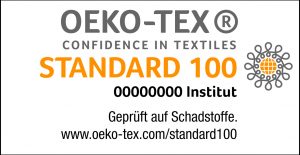
Oeko-Tex® Standard 100
At the beginning of the 1990s, consumer interest in safe textiles increased. In response to the desire for transparency, the Austrian Textile Research Institute (ÖTI) and the German Hohenstein Research Institute developed the Oeko-Tex® Standard 100. This is the first time that a uniform guideline has been established for consumers and manufacturers. Only those products for which all elements fall below precisely defined limits for harmful substances will be certified. In addition to the safety of the outer fabric in terms of contact with the skin, this also applies to accessories such as sewing threads, buttons, zips etc.
oeko-tex.com

Organic Cotton
Approximately 25% of the insecticides and 11% of the pesticides used in the world are attributable to cotton production. And with one cubic metre of water per kilogram of cotton fibres, the water consumption is extremely high. Organic cotton makes up 1 to 2% of global cotton production and is generally grown in subtropical countries – ideally from non-genetically modified plants, and without the use of any synthetic chemicals. Numerous seals of approval and certificates haven’t necessarily made the production of organic cotton more transparent. But producers are currently ensuring that there is no child labour , no pesticides are being used ans that the farmers are getting fair prices.
Organicexchange.org

Olive leather
… is not an olive leather substitute. Olive leather is used when the leather is treated with the tanning agent developed and patented by the German company wet-green GmbH. For this purpose, a vegetable concentrate based on an aqueous olive leaf extract is used, which is free from harmful substances and completely biodegradable. The tanning agent has been awarded “Cradle to Cradle” in Gold – in the “Material Health” discipline with the top standard “Platinum”. This process not only offers a sustainable alternative to tanning with chrome, which is harmful to the environment and health. It has a positive effect on CO2 reduction, as the leaves are no longer burned after harvest. And the production of the tanning agent creates new sources of income for farmers in Mediterranean areas. Olive leather is used in fashion (including Re-Bello, Werner), in interiors and in automotive.
You can find more information about olive leather here

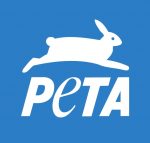
PETA-Approved vegan
All products that carry the PETA-Approved Vegan logo are 100 percent vegan. Leather, wool, silk, and of course fur are just as taboo in their production as small parts that contain animal ingredients. Shoes that have been stuck with bone glue and mother-of-pearl buttons are therefore also forbidden. Unlike many other seals, this one is free of charge, allowing small, new labels who meet the requirements to also use it.
peta.de
Pineapple leather / Pinatex
Shoes, bags, belts, car seats: If you want to avoid animal leather, pineapple leather is a new vegan alternative. With her startup “Ananas Anam”, the Spanish designer Carmen Hijosa developed a process that converts pineapple leaves – which are left over as a waste product at harvest – into a non-woven textile fabric that looks similar and is as stable as animal leather. Small designers like Maravilla Bags (Mallorca) already have pineapple leather bags in their range. Puma and Camper experiment with prototypes.
ananas-anam.com

Recycling
In recycling (German recycling, reprocessing) waste products are recycled or their raw materials become secondary materials. Secondary materials are raw materials that are obtained by recycling from disposed material. Resourceful eco-fashion labels have discovered disused products and are making new, great fashion by recycling the “disused” fiber. (e.g. MUD Jeans).
Returns
Almost every fifth fashion item ordered online is returned. 61 percent of respondents under the age of 30 order clothing with the intention of returning it. Amazon Germany no longer brings 30 percent of the returns to direct trade, as viewing and repackaging is not worthwhile. Source: ZDF, frontal21
Rose viscose
Organic cotton continues to play a major role in sustainable fashion. But despite being organic, cotton is a thirsty plant. Resource-saving material innovations such as rose viscose, which are compostable and can be completely returned to the ecological cycle at the end of the wearing cycle, are accordingly exciting. The fiber is made from the stems and leaves of the roses, which according to the Portuguese manufacturer are particularly ecological, i.e. are grown and produced in a way that conserves energy and water, and processed with cotton to create a silky, easy-care blend. Exciting side effect: the scent of roses. A label that processes rose viscose is Like a Bird from Löhne – it was only in spring that it became available for its “Friendly Rose” collection with the Green Product Award
Source: Mirjam Smend for enorm magazine


Salmon leather / Nanai leather
Salmon leather (tanned salmon skin) is a by-product of fishing that eco-fashion can access for its production (including accessories such as bags, shoes and belts) without having to raise, catch or kill a salmon.
Nanai leather (→) comes from the only company in the world that can prove that its salmon leather is 100 percent chrome-free tanned and dyed. Nano leather is thinner than calf leather, very elastic, durable and water-repellent. Perfect for dreamlike shoes, bags & Co. (e.g. from Alina Schürfeld, NINE TO FIVE)
Silk
Silk is traditionally obtained from the cocoons of the silkworm. The caterpillars transform mulberry leaves into body substance, from which they then form the three to six centimeter cocoon. With the help of hot water / water vapor, they are killed before hatching so that they do not bite the cocoon and thus destroy the valuable continuous fiber. It is different with Ahimsa silk (also known as Peace Silk), in which the endless thread (up to three kilometers) is unwound by hand shortly before the caterpillars hatch) specialized in the production of silk.
The surface structure of silk is very similar to the protein structure of human skin. It is particularly kind to the skin because it is not perceived as foreign to the body.


Tencel
Again and again one hears the terms Tencel or Lyocell in connection with sustainable fashion. Anyone who has already worn a Tencel garment in their hand or even on their body knows what a fantastic material this is. But what is Tencel? Tencel is a cellulose fiber manufactured industrially from natural raw materials. Cellulose is made from wood – in this case from Asian or South American eucalyptus wood from sustainable forestry. The fiber is produced in a closed cycle and has been awarded the “European Award for the Environment” by the European Union. In addition to the extremely high level of comfort and versatile use for bed linen, home textiles, etc., it is above all the sustainable aspects that make Tencel a fiber for the future: On the one hand, almost 100 percent of the solvents required for the manufacturing process are reused. On the other hand, a fraction of the amount of water is required for the production, as is the case with the production of conventional man-made fibers. Another plus: in contrast to e.g. Cotton, no artificial irrigation and no use of pesticides are necessary for the cultivation of eucalyptus. And Tencel is biodegradable. Tencel is offered by the Austrian Lenzing AG.
lenzing.com
Textile recycling
Between 2013 and 2018, the amount of used clothing collected in Germany increased by 300,000 tons. In Germany, 1.3 million tons of textiles are thrown away every year. This corresponds to 15.3 kilos of clothing a year. Since the beginning of the corona pandemic, this number has increased again.

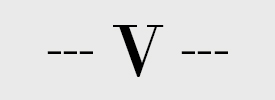
Vegan Fashion
Garments and accessories that have been made without the use of animal products. Many brands produce 100% vegan collections, while others like Dr. Martens and Patagonia offer selected item.

Water-based Inks
Water-based inks are used for screen-printing on fabrics. They do not contain compounds that can be harmful to the environment and those working with them like PVC and phthalates. Furthermore, water-based inks do not require solvents to clean printing screens as their residues can be removed with water.

ZDHC
The ZDHC (Zero Discharge of Hazardous Chemicals) Roadmap to Zero Programme takes a holistic approach to tackling the issue of hazardous chemicals in the global textile, leather and footwear value chain. The goal isto eliminate the use of hazardous chemicals by focusing on the following areas: Manufacturing Restricted Substances List (MRSL) & Conformity Guidance, Wastewater Quality, Audit Protocol, Research, Data and Disclosure and Training. The members of the organization include top brands like Adidas, Benneton, Hugo Boss, Esprit, G-Star Raw and Levi’s.
Roadmaptozero.com
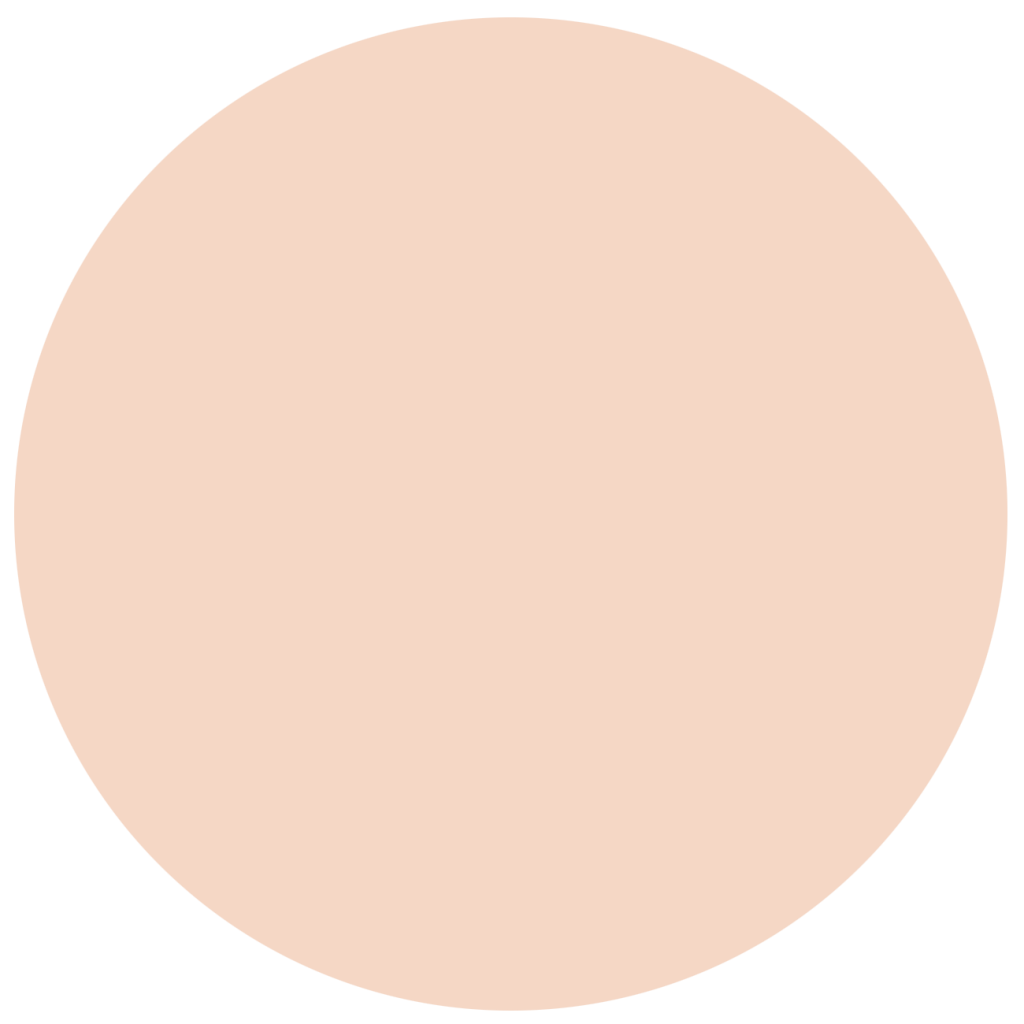








References:
Mirjam Smend fü J’N’C Magazine, my-greenstyle.com, the respective seals / certificates, Greenpeace, Cradle-to-Cradle

